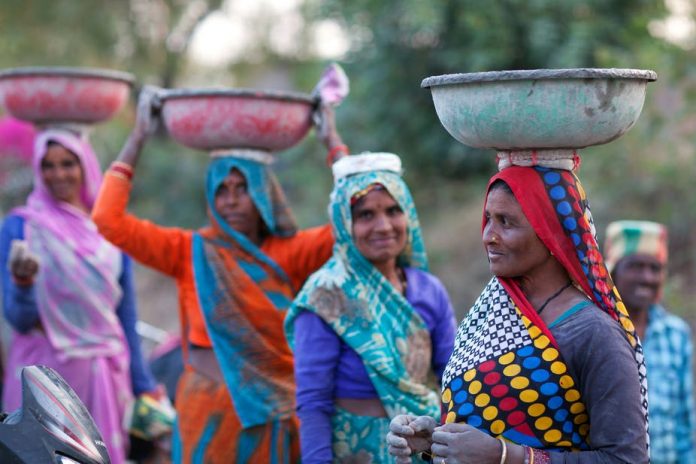By Melissa Tandiwe Myambo
South Africa is becoming infamous on the world stage for its violent, even deadly, xenophobia. Attacks periodically erupt. Often the targets are African foreign nationals as well as Bangladeshis and Pakistanis.
Similarly, in India, the xenophobic sentiment is aimed at Bangladeshis, Pakistanis and African migrants, some of whom have even lost their lives.
Yet, in my research on migration to India and South Africa, I found that migrants’ experiences vary greatly: while much-experienced xenophobia, many did not. In fact, there were migrants in both societies who were warmly received and enjoyed xenophilia – the love of foreigners.
The aim of my research was to try to find out why some foreigners are welcomed with open arms while others are denigrated, or even murdered.
I found that socioeconomic status was extremely significant. Two additional characteristics also determined what daily life in a new country was like for a person: their skin colour and their country of origin. Local people assign values to these characteristics.
Wealthier, lighter-skinned migrants were often the most warmly greeted, especially those from “developed” countries with “First World cultural capital”.
In a skewed, unequal global economy, it is important to understand how the experiences of white or light-skinned migrants compare to darker-skinned migrants. This comparison enables an analysis of how prejudice and privilege affect daily life.
In South Africa, as in India, whiteness or lightness often denotes power and prestige. There are many stereotypes associated with skin colour. For example, the label “yellow-bone” is often used in South Africa as a compliment to women with light brown skin. The term is associated with US slavery.
In South Africa, dark skin is often used as a way to identify foreigners during xenophobic attacks. (Stereotype holds that South Africans are “light” but this is not true as they can have any skin tone.) In India, dark skin is often associated with poverty, partially due to the hierarchical caste system.



